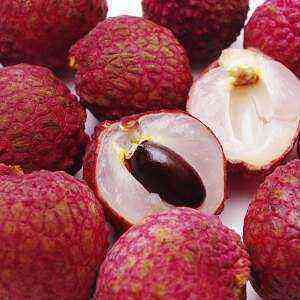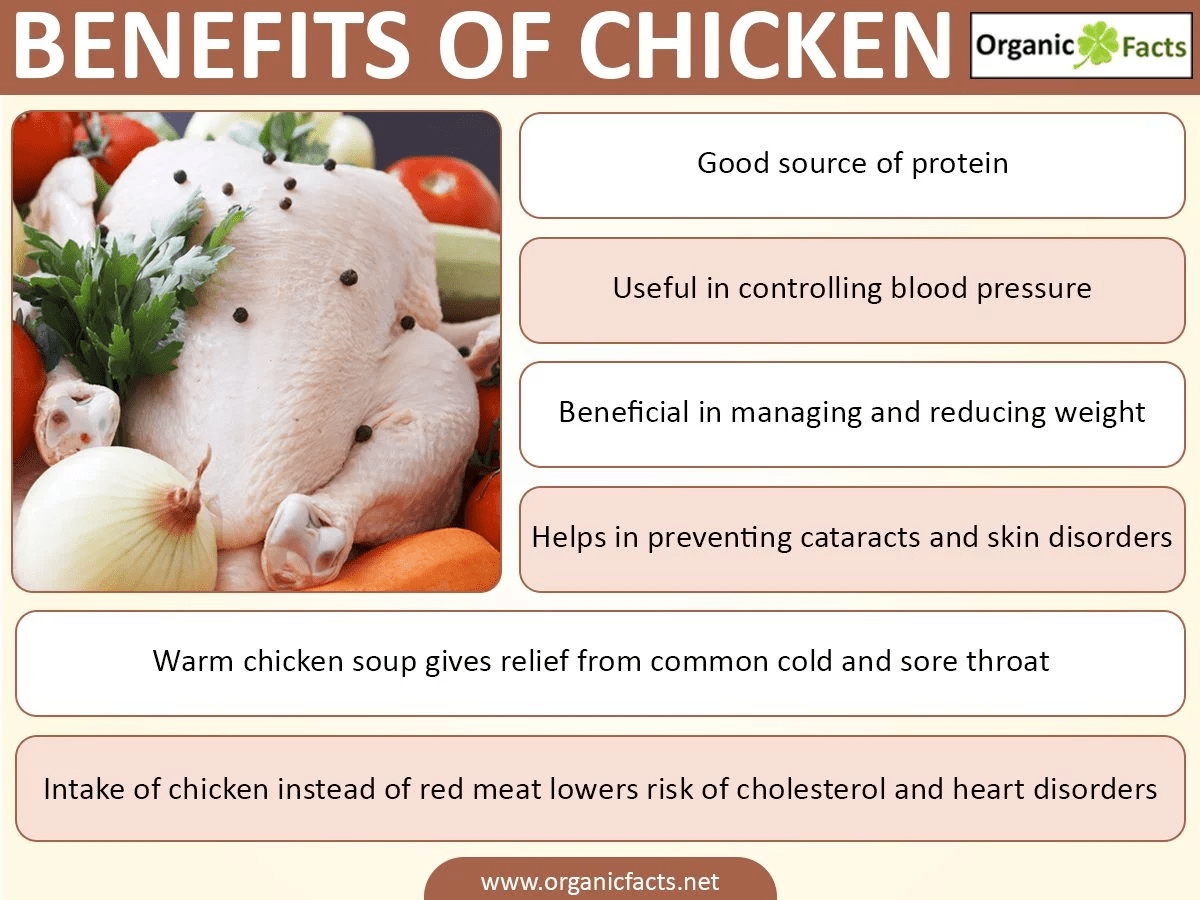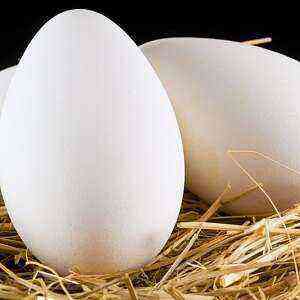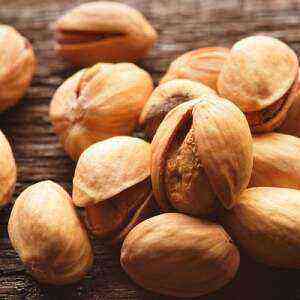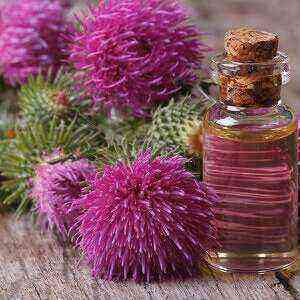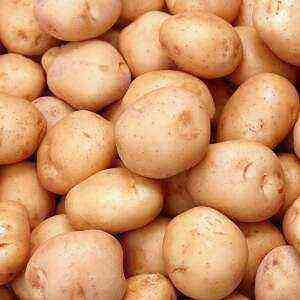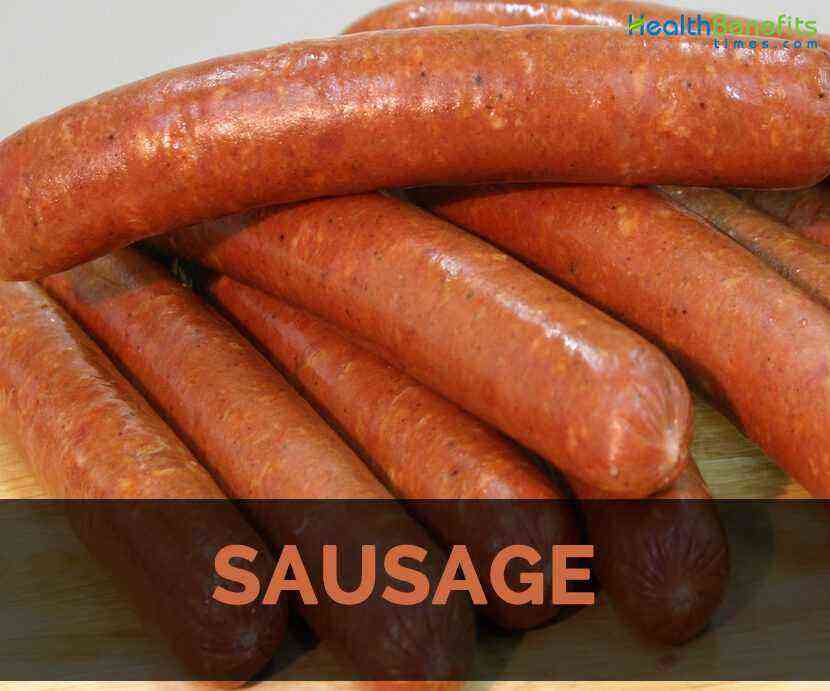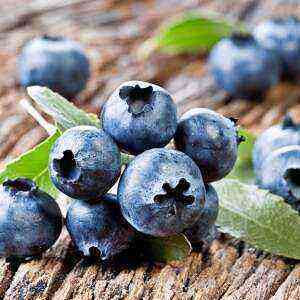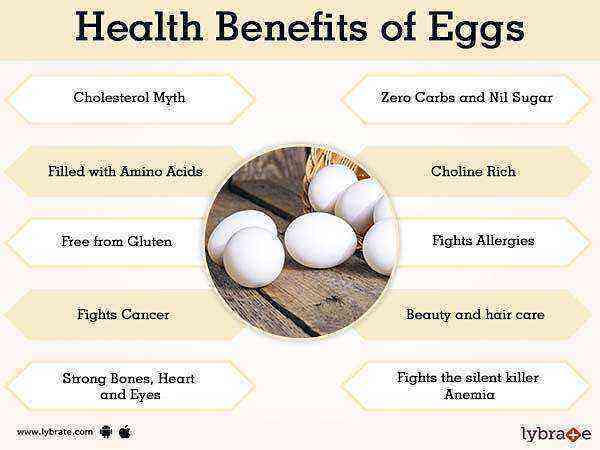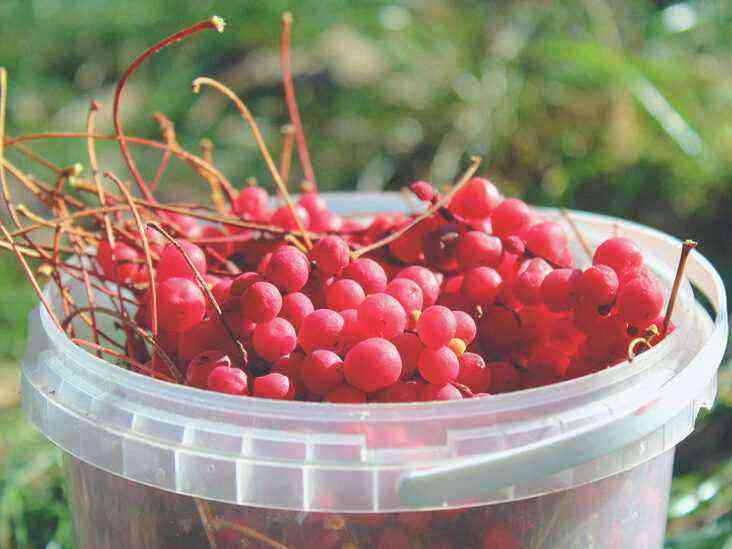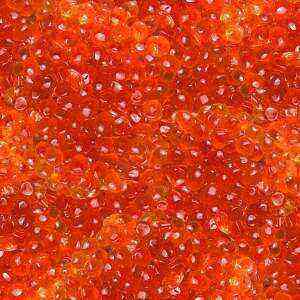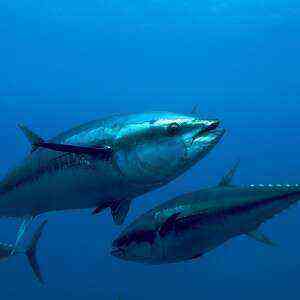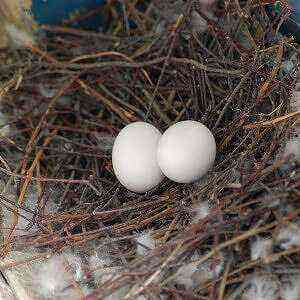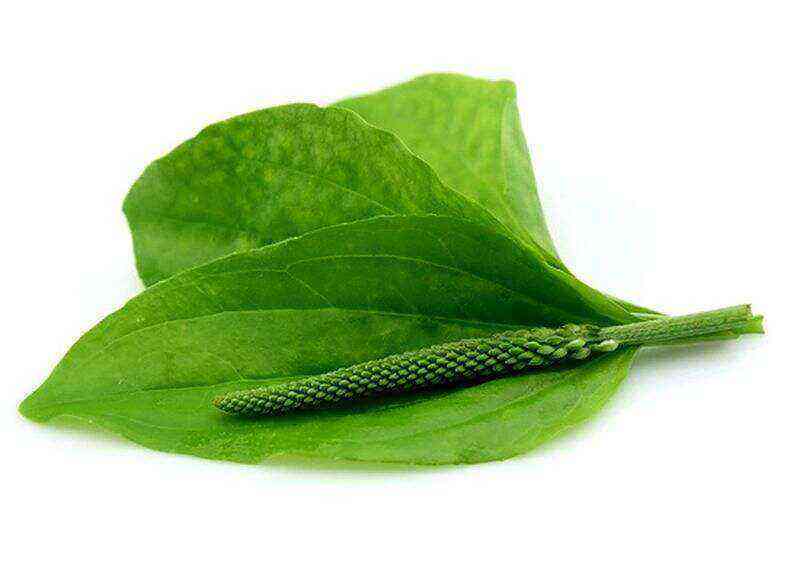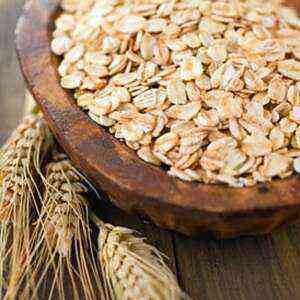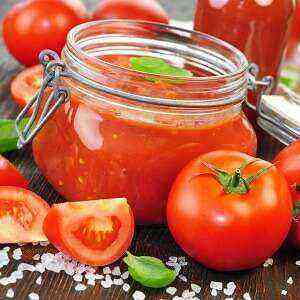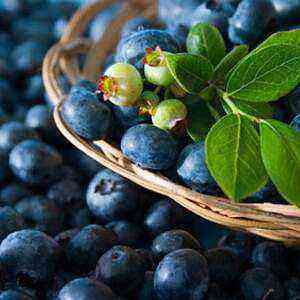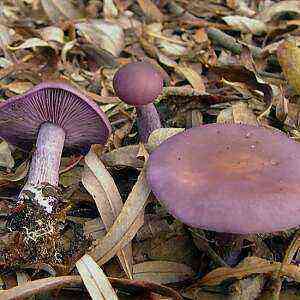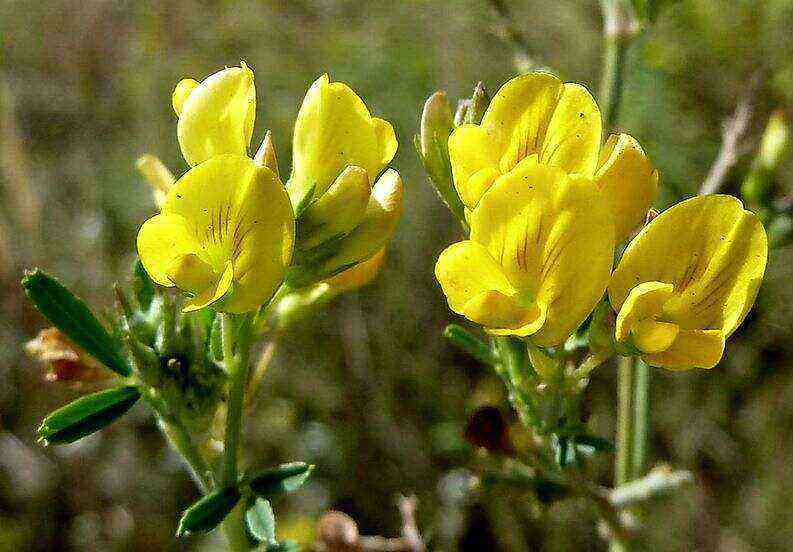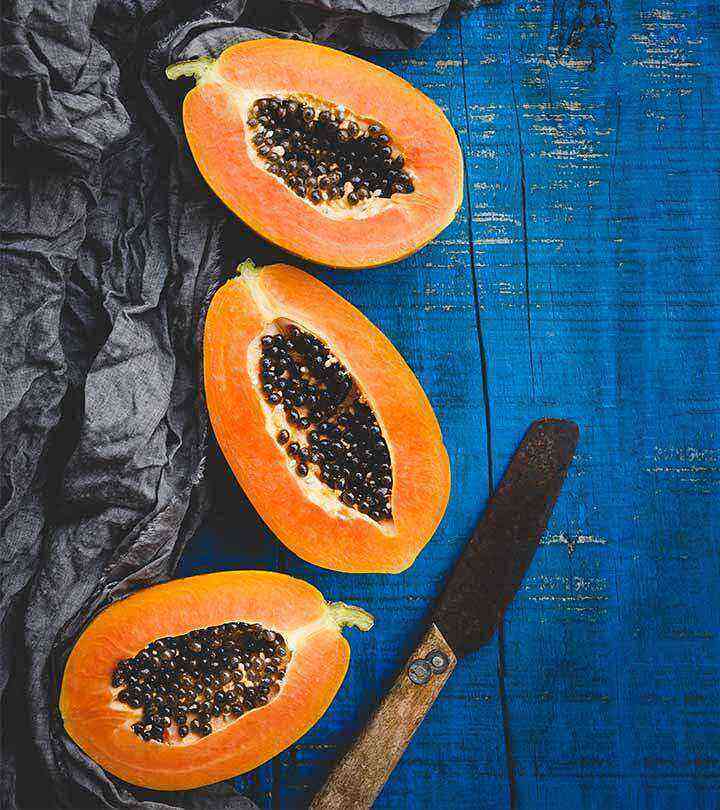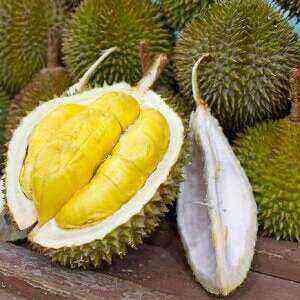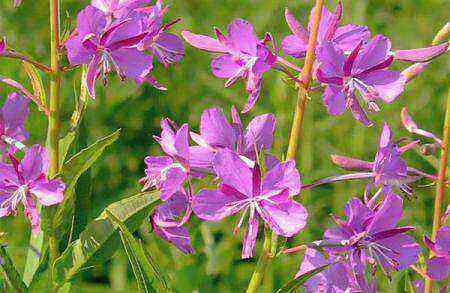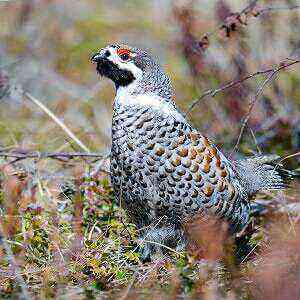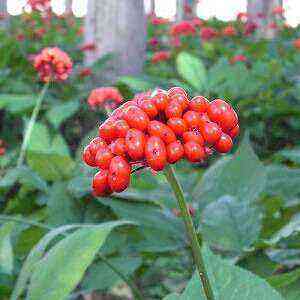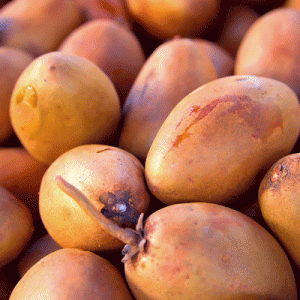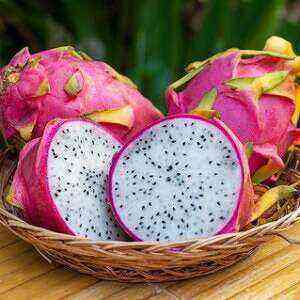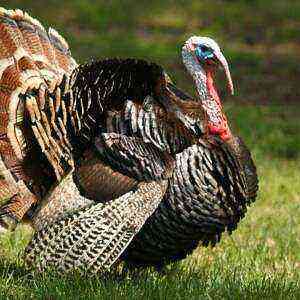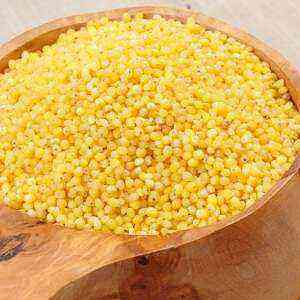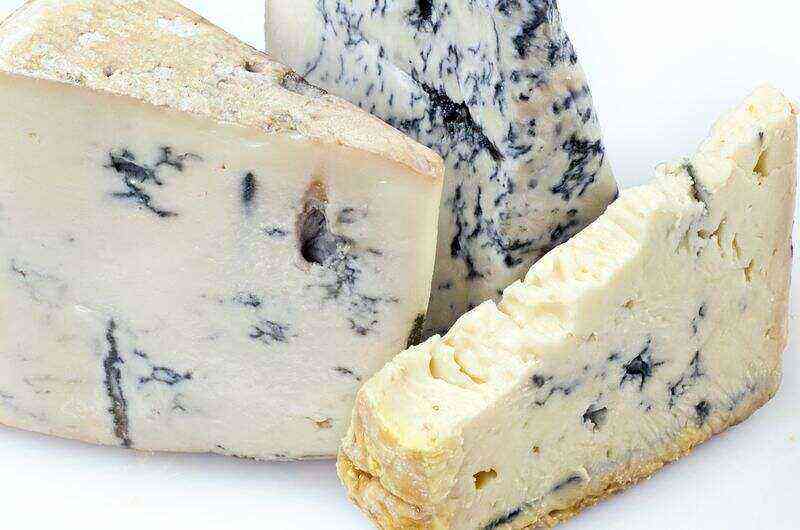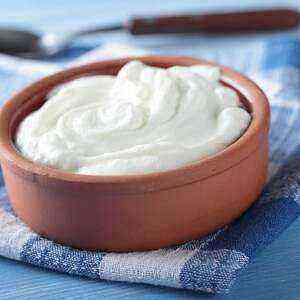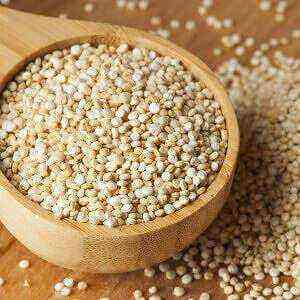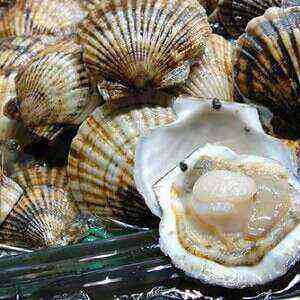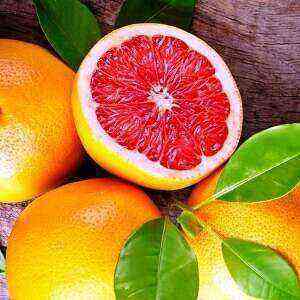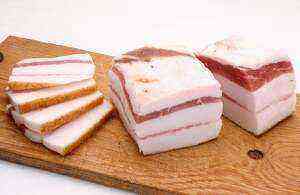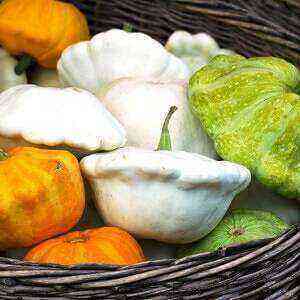
What are squash?
Squash – these are vegetables from the pumpkin family, the closest relatives of which are cucumbers and melons. These are fast-growing half-shrub plants. They grow better on well-drained sandy soils. Approximately on the 35-45th day of growth, bright yellow flowers appear on the bushes, from which lovely, slightly flattened disc-shaped fruits with wavy edges develop.
In chemical composition, they resemble zucchini and zucchini, but outwardly they are completely “knocked out” of the family. These small round fruits resembling small saucers first appeared somewhere in the area between Mexico and Guatemala. And today, people around the world are pleased with their taste.
In addition to the fact that the squash looks different from their pumpkin “relatives”, they also surprise with the original variety inside the species: pale green, white, yellow – they are from those vegetables that are able to please the eye with juicy summer colors.
The nutritional value
As already mentioned, squash is one of the most healthy vegetables for the heart. They practically do not contain saturated fats, sodium and are completely devoid of cholesterol. But they are an excellent source of vitamins, minerals and fiber.
100 g of fresh squash pulp contains no more than 20 kcal and more than 30 percent of the daily intake of vitamin C. It is “hidden” in a vegetable and almost 8 percent of the recommended daily intake of folic acid, and in addition, it is rich in vitamins A, B6, useful magnesium and potassium.
Nutritional characteristics (per 100 g)
Calories 18 kcal Proteins 1,2 g Fats 0,2 g Carbohydrates 3,84 g Fiber 1,2 g Vitamin B1 0,07 mg Vitamin B2 0,03 mg Vitamin B3 0,6 mg Vitamin B5 0,102 mg Vitamin B6 0,109 mg Vitamin B9 30 μg Vitamin C 18 mg Vitamin E 0,13 mg Vitamin K 3,3 μg Potassium 187 mg Sodium 1 mg Calcium 19 mg Iron 0,4 mg Magnesium 23 mg Manganese 0,157 mg Phosphorus 36 mg Selenium 0,2 μg Zinc 0,29, XNUMX mg
Benefits for the body
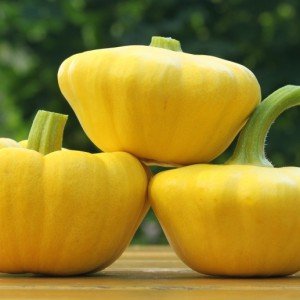
The functions of potassium and magnesium are focused on lowering blood pressure. Why did you remember this? Only due to the fact that in the squash both elements are also contained in impressive portions. In addition, magnesium has another advantage for the cardiovascular system – it is able to reduce the risk of stroke.
Compared to zucchini, fresh squash (yellow varieties) contain more vitamin A, which makes them useful for maintaining healthy eye health and preventing some diseases that lead to blindness.
Fruits with a golden yellow peel contain slightly more flavonoids, antioxidants, such as carotenoids, lutein and zeaxanthin.
These substances, without exaggeration, are vital for humans. They are protection against free radicals and reactive oxygen species, which play a key role in early aging and the emergence of intractable or incurable diseases.
Another feature of squash, which positively distinguishes them from a number of pumpkin, is that they are the best sources of B vitamins, especially when it comes to folic acid, vitamins B3 and B6. Thanks to this characteristic, squash can be useful for expectant mothers, since these vitamins are important for the proper formation of the fetus. In addition, folic acid is responsible for the proper synthesis of DNA. Vitamin B9 deficiency is the cause of serious disorders in the body.
No less useful are squash seeds. They are rich in glycosides, vitamins, proteins, and hence amino acids, some of which are indispensable for the body. Interestingly, in the seeds of this pumpkin, scientists found lecithin – the main component of egg yolk. But what is most interesting, in scallops lecithin is presented in an amount almost identical to a chicken egg. In addition, squash seeds (dried and powdered) are considered useful for edema, disorders of the endocrine system, liver and gall bladder, and also contribute to better absorption of proteins.
Possible side effects
And now the news is not very good. Among the abundance of components that make up the chemical “look” of squash, there are oxalates. These substances in many cases are the main culprits of the formation of stones in the body. Studies have shown that oxalates disrupt calcium absorption: large doses of the substance are not deposited in bone tissue, but accumulate in the form of crystals in soft tissues. Hence the warning: people with chronic diseases of the kidneys or gall bladder should avoid squash.
How to cook

Several culinary ideas
Patisson salad bowl
After cutting off the top of the vegetable and making a small depression, put in it your favorite salad. By the way, if you use young squash as a “salad bowl”, you can eat them with the filling. This recipe uses raw squash.
Couple
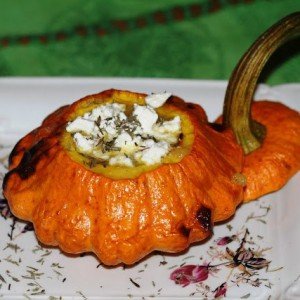
Fried in breadcrumbs
This recipe resembles a favorite dish of many courgettes. Cut the squash into slices, dip in a beaten egg, then in breadcrumbs, again in egg and breadcrumbs. Fry in vegetable oil until crisp.
Grilled
Cut into slices, drizzle with butter or your favorite sauce and grill. So that the squash cooked in this way remains juicy, do not forget to sprinkle with oil or sauce during cooking.
Baked
Wash the squash, cut off the top and choose the pulp. Put any stuffing in the recess (cheese, meat, egg, mushroom, vegetable or any other one you think is suitable), cover with a chopped top and send to the oven.
For the winter
There are several ways to prepare squash for the winter. The easiest way is to freeze. And you can make pickled, salted, lightly salted squash, prepare vegetable caviar or salad. And some even make compotes and preserves from them. By the way, squash jam is prepared, like any other, in a 1: 1 ratio of vegetables and sugar. They say that it turns out very even nothing and if you don’t know what the delicacy is made of, you will never guess that these are squash.
Dishes from the flowers
The simplest recipe offers to dip fresh flowers in batter and fry in oil. It turns out a delicious, delicate and crispy dish. And those who are not looking for an easy way can prepare stuffed squash flowers. Cilantro, garlic and goat cheese are suitable as fillings. The ingredients are mixed and the flower is filled with the resulting mass (half), and its tips are gently twisted (so that the filling does not come out). And now, as in the easy version – dip in an egg and fry.
Some squash resemble “flying saucers.” And I must say, there is something in it: these amazing vegetables are as mysterious as UFOs. They are fundamentally different from all their pumpkin relatives and, which is very important, in some respects is also more useful.
